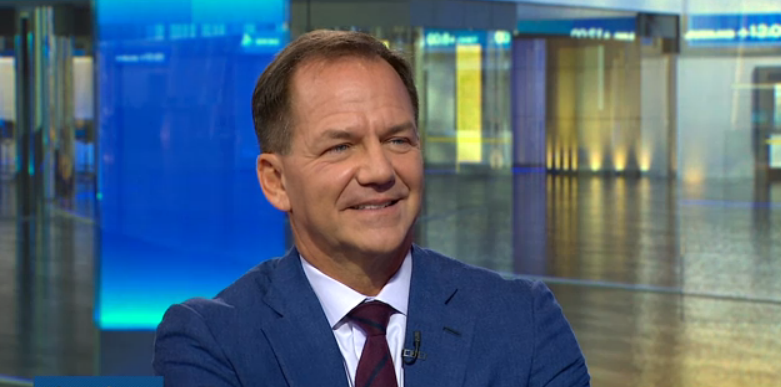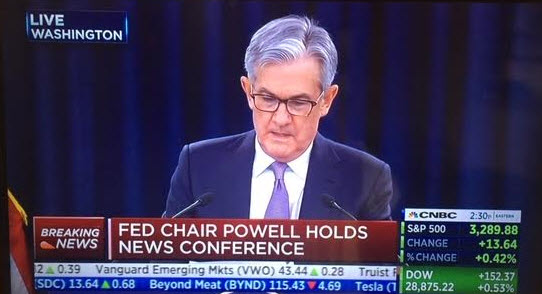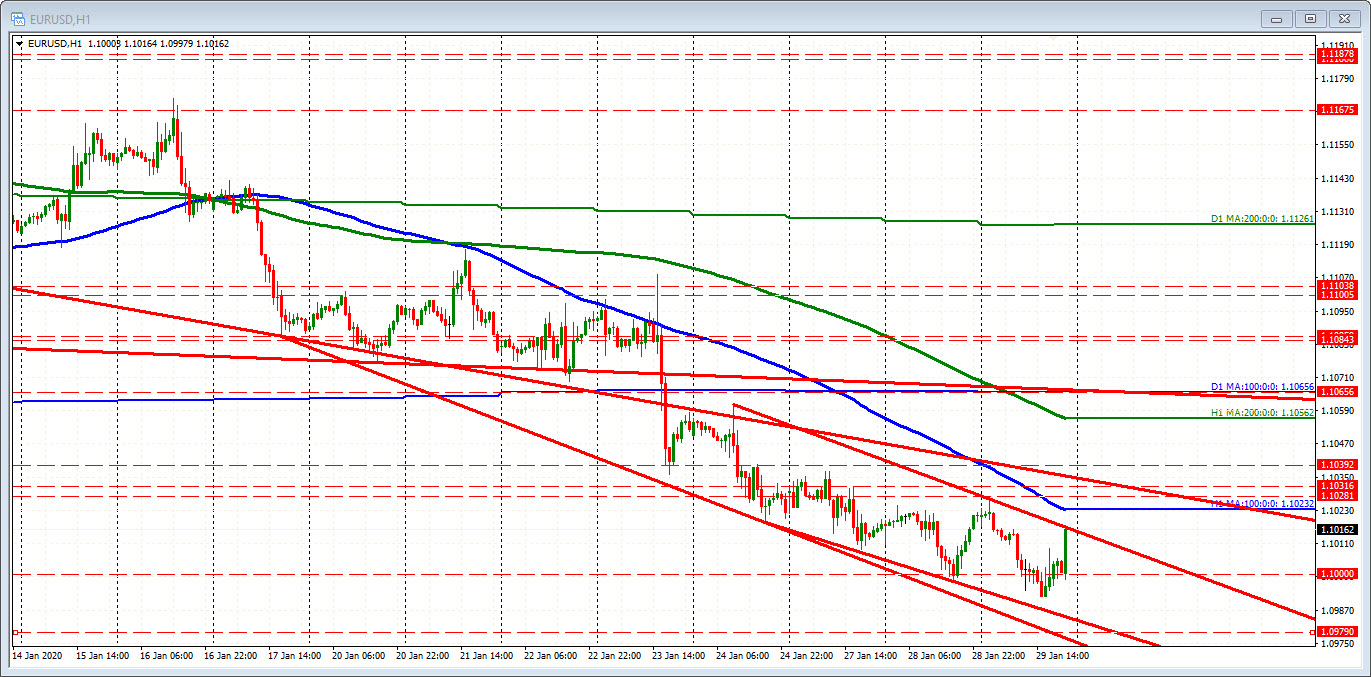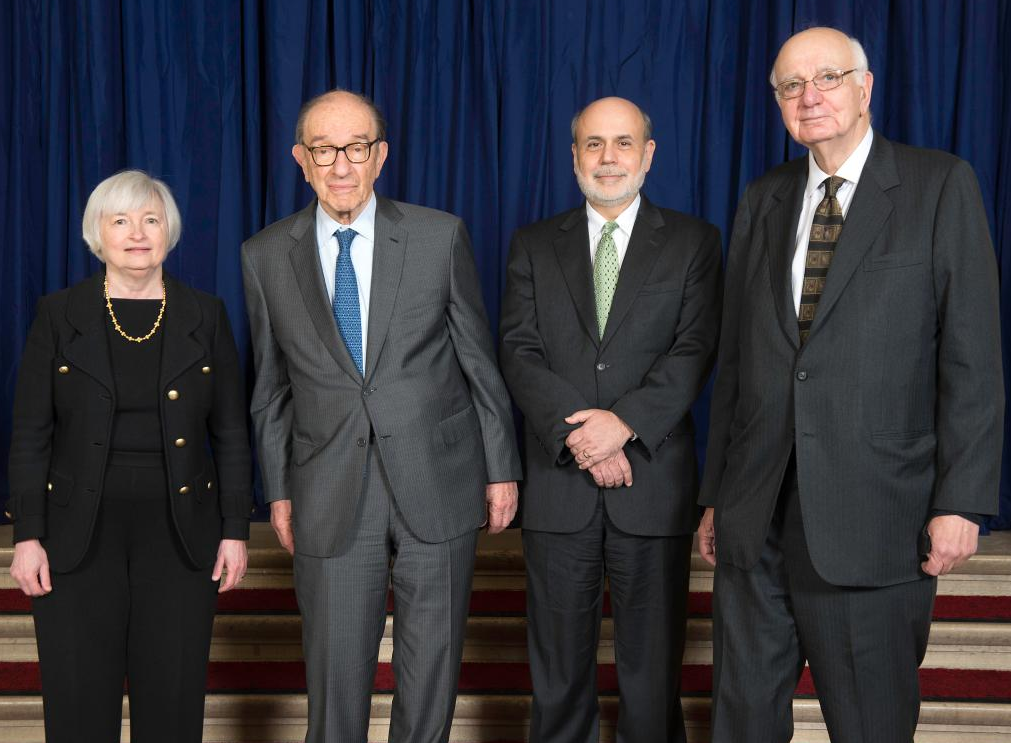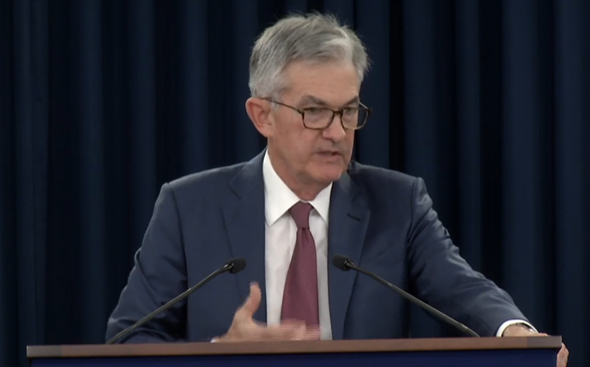Eurozone October final inflation reading in focus today
Happy Friday, everyone! Hope you’re all doing well as we look to get things going in the session ahead. Risk trades are in a better mood today with some recovery seen in yen pairs and gold is also lower to start the day.
Meanwhile, equities have nudged higher while bond yields are also faring better as the Trump administration talk up hopes of a trade deal.
Looking ahead, there is little on the economic calendar in Europe to really shift the dial so we may be in for a more quiet one barring any major headlines to cross the wires.
1000 GMT – Eurozone October final CPI figures
The preliminary report can be found here. As this is the final release, it isn’t expected to have much – if any – impact on markets as a whole.
1000 GMT – Eurozone September trade balance data
Prior release can be found here. An indication of trade conditions in the euro area region but the data is a bit lagging as this pertains to Q3 economic performance.
1000 GMT – Italy October final CPI figures
The preliminary report can be found here. Focus is on the overall Eurozone release so the report here will matter little, and even more so since this is the final release.
That’s all for the session ahead. I wish you all the best of days to come and good luck with your trading!
